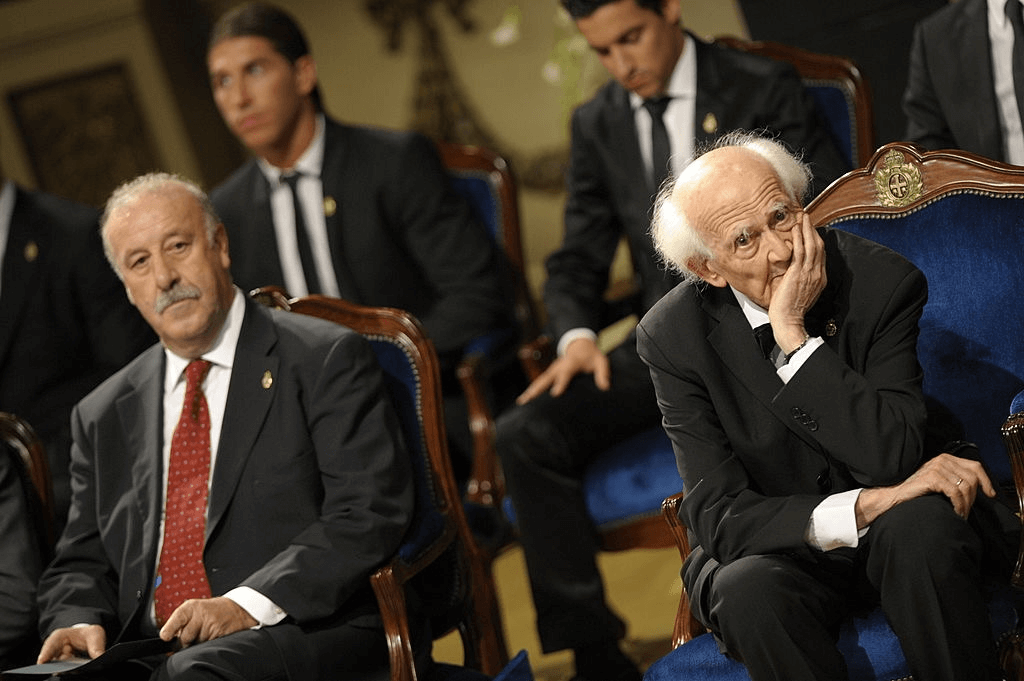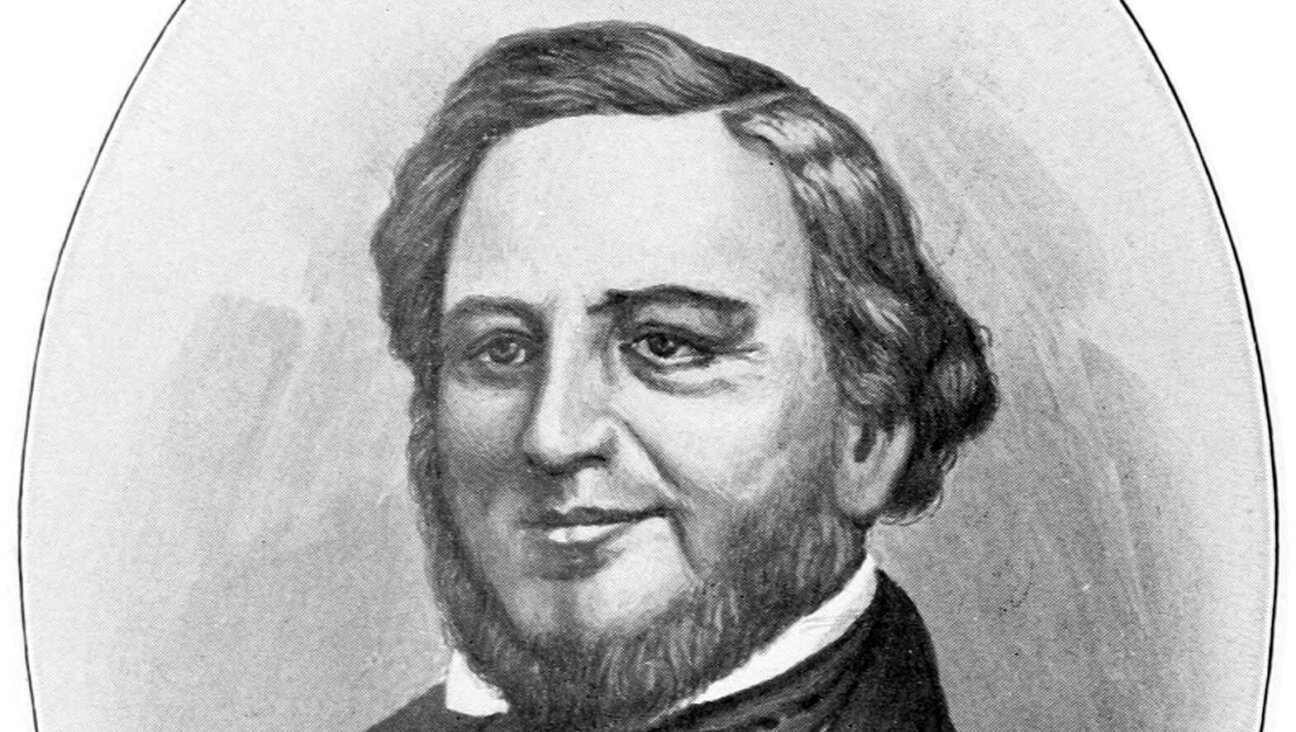Was Hollywood’s Famed Censor an Antisemite?

FLICK HORROR: In 1938, an antisemitic leaflet was circulated in theaters in the Midwest and along the streets of Los Angeles
‘These Jews seem to think of nothing but money making and sexual indulgence,” fumed Joseph I. Breen in a letter to the Rev. Wilfrid Parsons, S.J., editor of the Jesuit weekly America. The year was 1932, and the hot-tempered Irish Catholic, lately summoned to Hollywood, Calif., by motion picture czar Will H. Hays to convert a reprobate medium, was raging at the moguls who blocked his missionary work. “People whose daily morals would not be tolerated in the toilet of a pest house hold the good jobs out here and wax fat on it,” he marveled. “Ninety-five percent of these folks are Jews of an Eastern European lineage. They are, probably, the scum of the scum of the earth.”

FLICK HORROR: In 1938, an antisemitic leaflet was circulated in theaters in the Midwest and along the streets of Los Angeles
Soon after decrying the tribal degeneracy of Hollywood Jewry, Breen was working shoulder to shoulder with the men he had slurred. On July 15, 1934, he assumed command of the Production Code Administration, the studio system agency tasked with censoring Hollywood cinema. Though popularly known as the Hays Office, the PCA was Breen’s domain. It was Breen who vetted storylines, blue-penciled dialogue and exercised the moral equivalent of final cut over hundreds of motion pictures per year — expensive “A” caliber feature films, low-budget B-unit ephemera, short subjects, previews of coming attractions, even cartoons. From 1934 to 1954, except for a brief eight-month stint as head of RKO Pictures in 1941, Breen demanded that American cinema obey a strict catechism of thou-shalt-nots. “More than any single individual, he shaped the moral stature of the American motion picture,” Variety reflected upon his death in 1965.
The uglier side of Breen’s Hollywood back-story was first exposed by two diligent film historians, Gregory D. Black in “Hollywood Censored: Morality Codes, Catholics, and the Movies” (1994), and Frank Walsh in “Sin and Censorship: The Catholic Church and the Motion Picture Industry” (1996). Culled from private letters written during the pre-Code era (the term that film buffs use to describe the scandalous interregnum of relative screen freedom between 1930 and 1934), the antisemitic language ranges from a handful of vicious screeds to numerous glib references to “the Jews” as shorthand for the studio moguls. Prior to the revelations from Black and Walsh, Breen, if known at all, was remembered as a hidebound bluenose, the Puritan gatekeeper who demanded that married couples sleep in twin beds, battle-hardened soldiers speak like choirboys, and bathrooms contain no toilets. After the revelations, Breen’s portrait has assumed more sinister shadings. Today, film historians routinely label Hollywood’s in-house censor a rabid antisemite.
Yet to scan the full record of Breen’s prose and actions suggests that the outbursts were neither all-consuming nor lifelong. The antisemitic bile erupted during the pre-Code era, when Breen, newly arrived in Hollywood, was shocked by the folkways of the locals and anguished by his inability to purify the screen. Prior to his pre-Code ravings, and after, Breen displays none of the obsession with Jews that defines the dedicated antisemite. In the 1920s, his attitude is impartial and respectful. After 1934, he is publicly and forthrightly anti-antisemitic.
Born in Philadelphia in 1888, parochial school tempered and Jesuit educated, Breen embodied the stern Irish Victorian cast of his tribe and time. Even before landing in Hollywood, however, he had enjoyed a varied, cosmopolitan career as a big-city journalist, State Department officer, foreign correspondent, and publicity agent. In 1926, he stage-managed the hugely successful Eucharistic Congress in Chicago, a worldwide gathering of the Catholic faithful that helped propel an alien religion into the mainstream of American culture. It also brought Breen to the attention of men who had more secular interests. When Hays, president of the Motion Picture Producers and Distributors of America, needed a well-connected and media-savvy Catholic layman to mollify the most formidable constituency assailing Hollywood for purveying sin and profiting from its wages, he tagged Breen for the job.
Breen’s pre-Hollywood attitude toward Jews can be gleaned from the numerous articles he wrote under the pen name “Eugene Weare” for the Jesuit weekly America and the Catholic monthly Extension. Though he weighed his words for typeset pages with a care he relaxed in private correspondence, a Judeo-centric survey of his prose reveals no fixations or resentments. On the rare occasion the topic at hand leads naturally to a comment on the Jews, Breen is always temperate and usually admiring. “Increasingly large numbers of our immigrants have been Hebrews,” he observed in a commentary on the Immigration Act of 1924, the exclusionary legislation that restricted immigration by privileging applicants of Northern European origins. “The huge number of Jews who are coming here are said to be thoroughly undesirable from any standpoint” — and, at this point, the author inserts a demurral — “though it may be remarked, in passing, that a similar charge was made against the Irish and German immigrants of half a century back.”
Neither Breen’s private correspondence nor his public commentary bespeaks a whisper of antisemitism — until he moves out to Hollywood in 1931 and begins to work with Jewish moguls and artists, a breed apart from those whom the well-traveled journalist and diplomat had previously encountered.
After taking the reins of the PCA, secure in the authority of his office and inured if never reconciled to Hollywood manners, Breen cooled off. No antisemitic screeds appear in letters to his intimate friends. Moreover, by the end of the decade, both in public pronouncements and private correspondence, he had firmly situated himself on the opposite end of the spectrum.
By the evening of April 26, 1936, Breen was keeping interesting company for a worthy cause: co-sponsoring an anti-Nazi banquet held at Hollywood’s swank Victor Hugo Cafe in honor of Prince Hubertus zu Löwenstein, a blueblood exile from Hitler’s Germany. The benefit for Prince Löwenstein was the starting gun for a wave of anti-Nazi activism that swept Hollywood in the late 1930s, a campaign coordinated by the Hollywood Anti-Nazi League for the Defense of American Democracy. Though no Popular Fronter himself, Breen lent his support to the Hollywood Anti-Nazi League and attended its first-anniversary celebration — a dinner, dance and entertainment bash held in the proletarian digs of the Fiesta Room of the Ambassador Hotel in 1937.
By late 1938, with the Munich Pact signed and violence against Jews mounting in Germany, Hollywood’s anti-Nazi activism took more aggressive forms. So too, in Catholic circles, did a critique of antisemitism as a sentiment incompatible with Catholic teachings. That same year, two pamphlets attacking antisemitism from a Catholic perspective — “Why Are Jews Persecuted?” by the Rev. Joseph N. Moody, and “Dare We Hate Jews?” by the Rev. Daniel A. Lord, S.J. — came into Breen’s hands.
Breen read the pamphlets closely, and both left a deep impression. Moody’s “very remarkable document” (Breen’s words) spurred him to make inquiries about the author, a young professor at Cathedral College in New York. “I note what you tell me about Father Moody, the author of the very excellent pamphlet on the Jews,” Breen wrote Lord, his close friend and, not incidentally, co-author with Martin J. Quigley of the Code that Breen enforced. “It is, indeed, a splendid document, and quite so the best thing I have ever seen.” At the request of what he described as “a local non-sectarian group” (namely, the Hollywood Anti-Nazi League), Breen negotiated a special deal with Lord to print 25,000 copies of Moody’s pamphlet for distribution around town. He also circulated hundreds more on his own dime.
Breen had good reason to be mulling the topic of antisemitism. On October 1, 1938, “Box Office,” a glossy trade weekly, reprinted a crude antisemitic leaflet circulating around theaters in the Midwest and, closer to home, along the streets of downtown Los Angeles. “Hollywood is the Sodom and Gomorrah where International Jewry controls Vice-Dope-Gambling,” the leaflets read. “Where Young Gentile Girls are raped by Jewish producers, directors and casting directors who go unpunished.” A caricature depicted a hook-nosed Jew despoiling a vessel of lily-white Aryan womanhood.
Two weeks later, “Box Office” printed a sampling of the outraged letters that poured into its editorial offices. The sentiments from one writer were highlighted in a boldfaced, boxed-off column. “I have myself received copies of this vicious and salacious leaflet,” Breen declared. “The whole business is so revolting, and so thoroughly un-American, that I want to be the first, if possible, to lodge my protest against it. I stand ready to go the limit to help out in any way possible and I am hastening to tell you that you may count on me to do anything I can to run this vicious thing into the ground.”
By 1939, Breen was lending his name and energies to the Committee of Catholics to Fight Anti-Semitism, an organization founded by Emmanuel Chapman, a philosophy professor at Fordham University. According to its statement of purpose, the group took its inspiration from recent admonitions by the Catholic bishops to “guard against all forms of racial bigotry, of which Pope Pius XI, speaking of a pertinent instance, said, ‘It is not possible for Christians to take part in anti-Semitism.’” The pertinent instance on the pope’s mind was Kristallnacht, the Nazi pogrom that erupted across Germany on November 9-10, 1938.
Heeding the papal injunction, Breen gathered statements of support from prominent Hollywood Catholics, such as actors Don Ameche and Irene Dunne, and issued a personal statement: “It is my judgment that there is nothing more important for us Catholics to do at the present moment [July 1939] than to use our energies in stemming the tide of racial bigotry and hostility.” When a better-known Irish Catholic in the media — the demagogic radio priest Charles E. Coughlin — attacked the Committee of Catholics to Fight Anti-Semitism, the Hollywood Anti-Nazi League contrasted the “pro-fascist priest” with the pro-tolerance censor. “Outstanding leaders of the Catholic Church from all over the nation have joined the Committee pledging to fight anti-Semitism and bigotry,” the League told its membership. “Irene Dunne and Joseph Breen are among the leaders in the film colony here who are members.”
Given the public record, Breen’s surviving friends express surprise at his epistolary antisemitism, and exasperation that the tirades would tar his reputation. “It is unrealistic to think that anyone who was antisemitic would be employed for years in the motion picture industry,” insists Martin S. Quigley, who succeeded his father as editor of Motion Picture Herald and who knew Breen well. “I don’t mean that in a moment of frustration Joe didn’t say or write something that, in the light of what good taste is now, should not have been said. But my personal view is there is no basis for calling Joe an antisemite.” Former Code staffer Albert E. Van Schmus, who was hired by Breen at RKO in 1941, worked for him at the PCA from 1949 to 1954 and was his lifelong friend, agrees: “I can’t recall Joe ever displaying any antisemitism.” Of course, Breen did display antisemitism in his letters of the early 1930s, but he did not embody it, and, well before World War II made outspoken antisemitism disreputable, he vehemently opposed it, in public statements in the press and in private correspondence. A cynical reading would conclude that the Irish bigot was smart enough to keep his true feelings to himself and suck up to the men who were buttering his bread. Or one might conclude that, on balance, the venom was a transient spasm, the product of a hot temper and simmering frustration.
Besides, Breen could prove an equal-opportunity insulter. In 1934, writing to Lord, he reflected that “in my brief experience in the motion picture industry the one thing that stands out in my mind is the total lack of what we call bigotry.” Admitting that “I have never seen, among the Jews, the slightest suggestion of anti-Catholic prejudice,” he summed up his ethno-religious musings with an evenhanded assessment of Hollywood’s human nature: “The Jews are clannish just about as much as the Irish are clannish and they help one another in this business, just about as much as the Irish help each other” — and here he paused — “which means very little.”
Thomas Doherty is a professor of American studies at Brandeis University and the author of the recently published “Hollywood’s Censor: Joseph I. Breen and the Production Code Administration” (Columbia University Press).
The Forward is free to read, but it isn’t free to produce

I hope you appreciated this article. Before you go, I’d like to ask you to please support the Forward.
Now more than ever, American Jews need independent news they can trust, with reporting driven by truth, not ideology. We serve you, not any ideological agenda.
At a time when other newsrooms are closing or cutting back, the Forward has removed its paywall and invested additional resources to report on the ground from Israel and around the U.S. on the impact of the war, rising antisemitism and polarized discourse.
This is a great time to support independent Jewish journalism you rely on. Make a Passover gift today!
— Rachel Fishman Feddersen, Publisher and CEO
Most Popular
- 1

Opinion My Jewish moms group ousted me because I work for J Street. Is this what communal life has come to?
- 2

Opinion I co-wrote Biden’s antisemitism strategy. Trump is making the threat worse
- 3
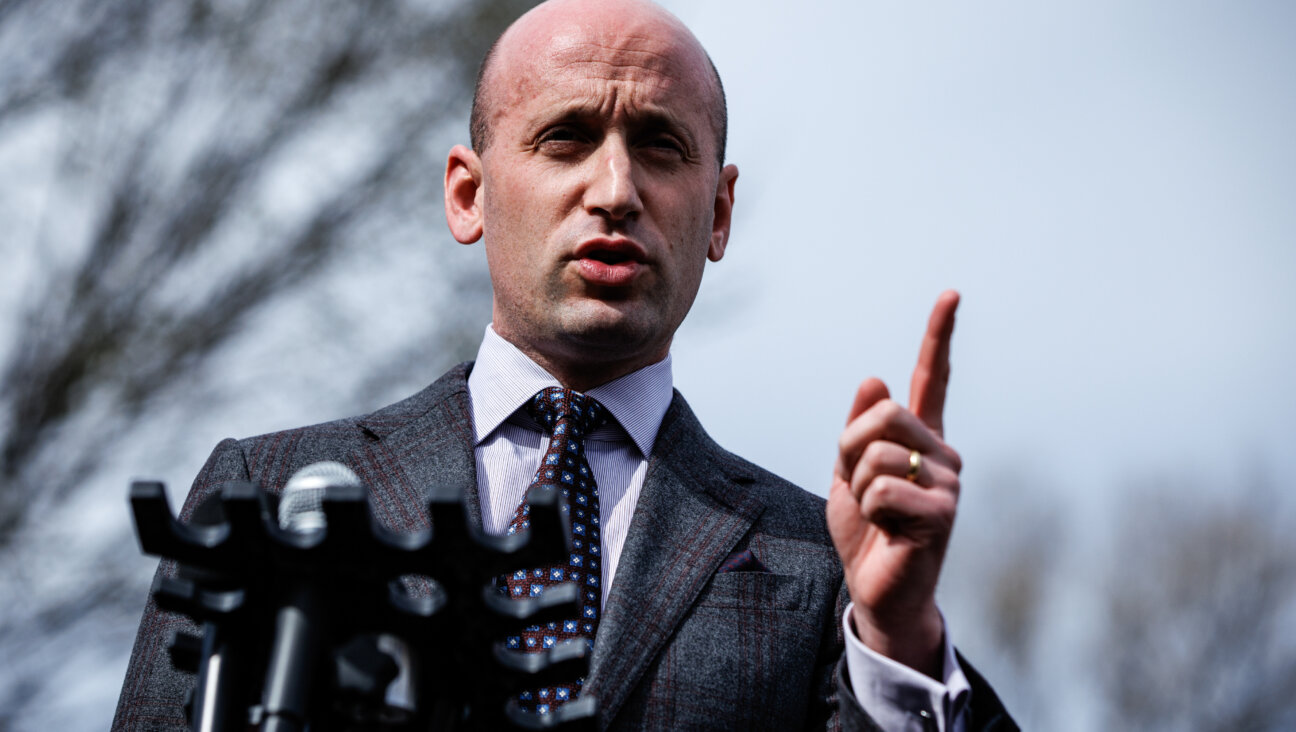
Opinion Stephen Miller’s cavalier cruelty misses the whole point of Passover
- 4

Film & TV How Marlene Dietrich saved me — or maybe my twin sister — and helped inspire me to become a lifelong activist
In Case You Missed It
-
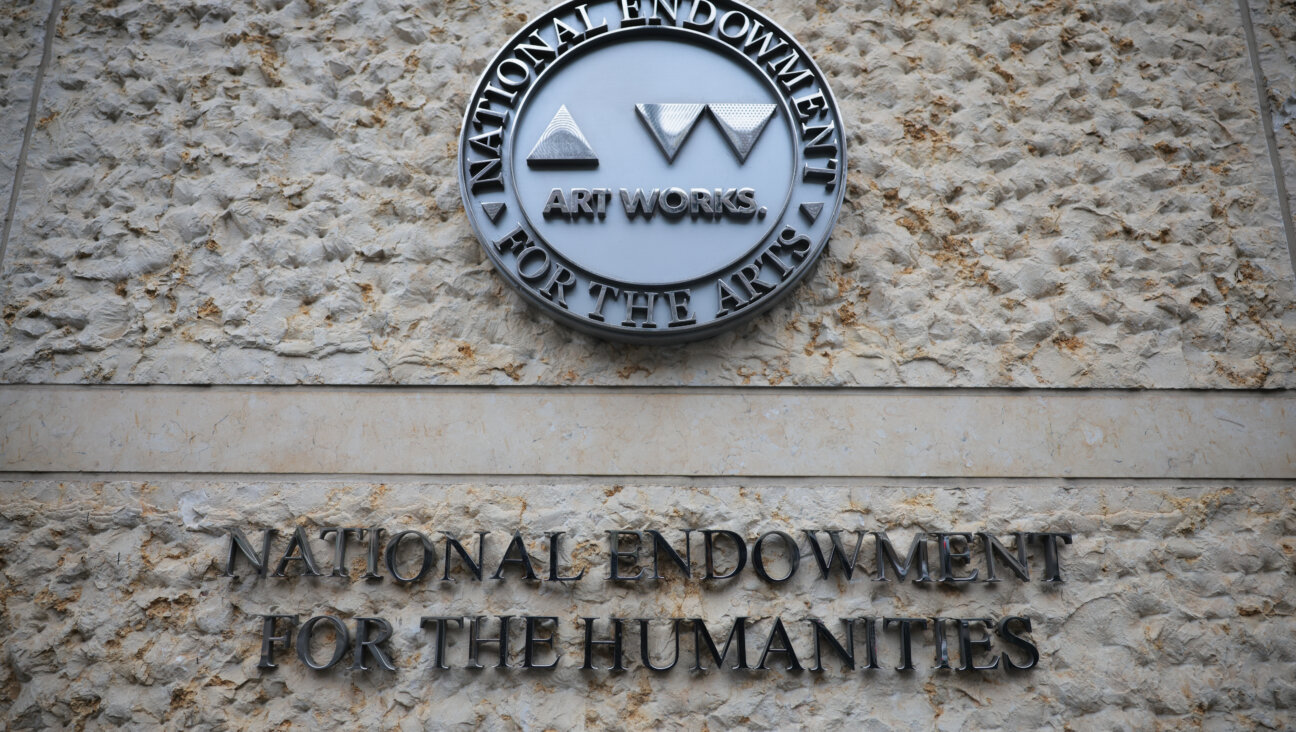
Culture Jews thought Trump wanted to fight antisemitism. Why did he cut all of their grants?
-

Opinion Trump’s followers see a savior, but Jewish historians know a false messiah when they see one
-
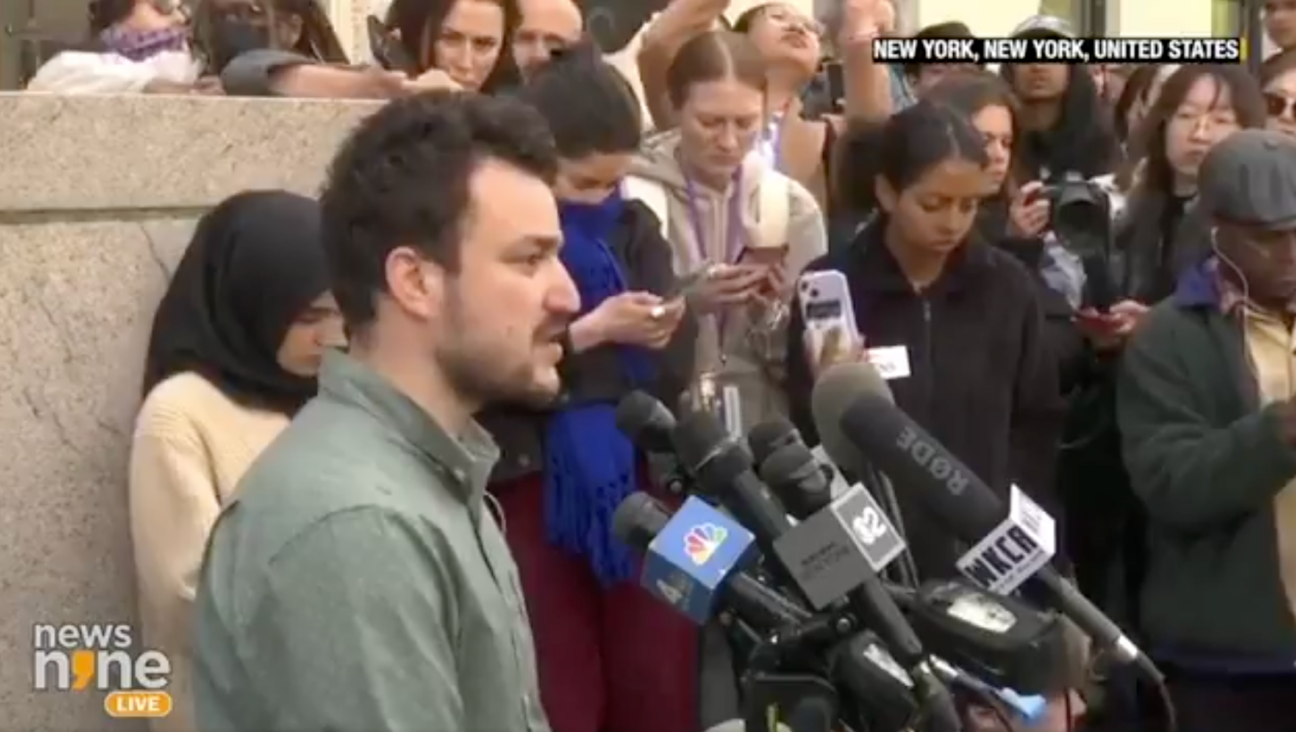
Fast Forward Trump administration can deport Mahmoud Khalil for undermining U.S. foreign policy on antisemitism, judge rules
-
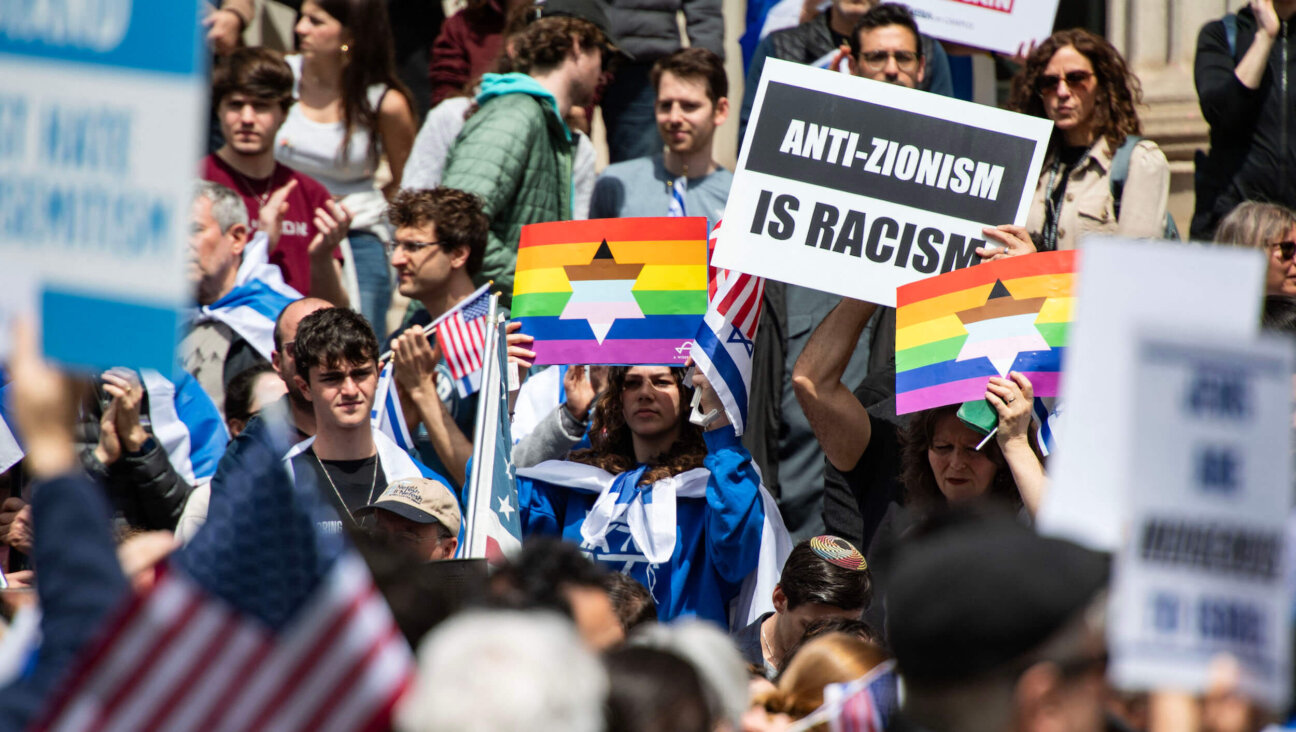
Opinion This Passover, let’s retire the word ‘Zionist’ once and for all
-
Shop the Forward Store
100% of profits support our journalism
Republish This Story
Please read before republishing
We’re happy to make this story available to republish for free, unless it originated with JTA, Haaretz or another publication (as indicated on the article) and as long as you follow our guidelines.
You must comply with the following:
- Credit the Forward
- Retain our pixel
- Preserve our canonical link in Google search
- Add a noindex tag in Google search
See our full guidelines for more information, and this guide for detail about canonical URLs.
To republish, copy the HTML by clicking on the yellow button to the right; it includes our tracking pixel, all paragraph styles and hyperlinks, the author byline and credit to the Forward. It does not include images; to avoid copyright violations, you must add them manually, following our guidelines. Please email us at [email protected], subject line “republish,” with any questions or to let us know what stories you’re picking up.









